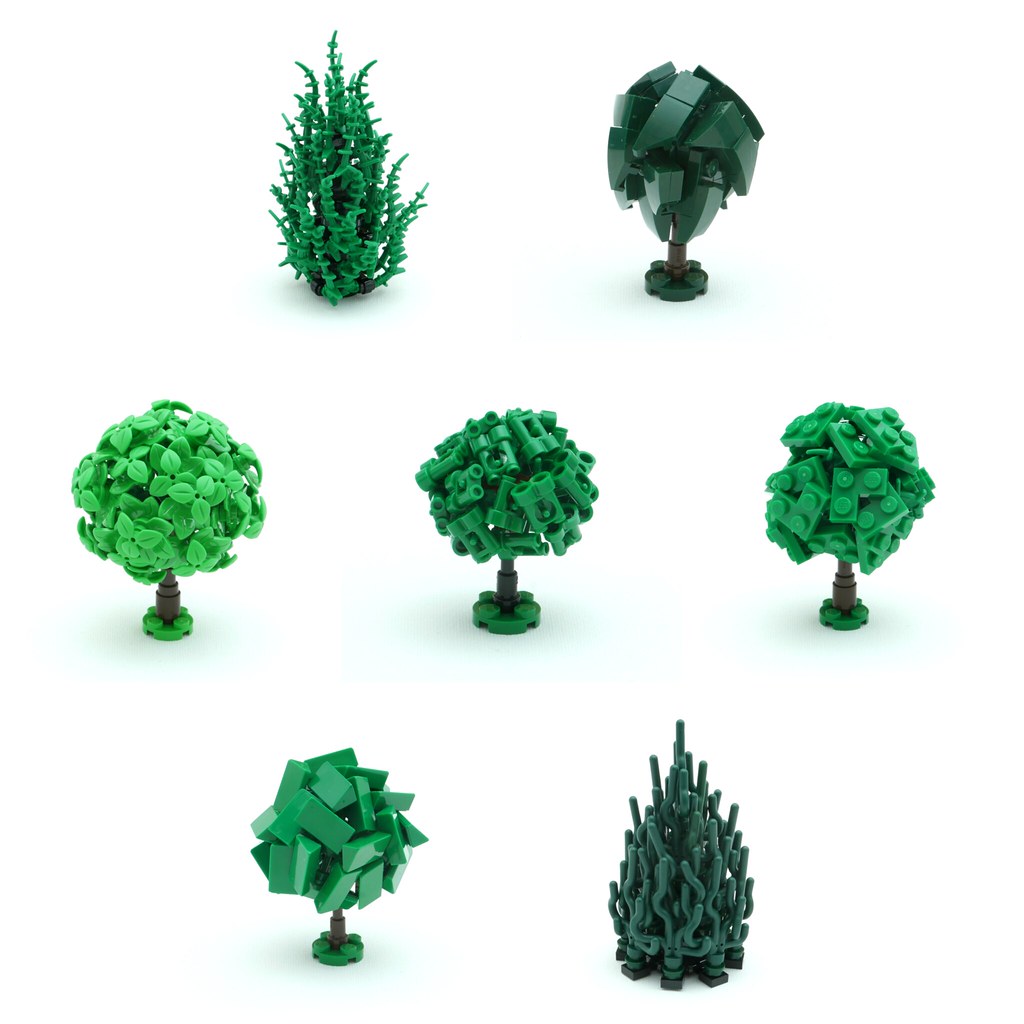Brick built plants can help make bring a LEGO scene to life. And when the plants are the focus of a diorama, that scene is full of life, such as this collaboration between Emil Lidé and Bartu. This diorama shows four different sections of the amazon jungle that work together as one scene or as the same scene through time.
Through the series, these builders display a dried riverbed, which is overtaken by a fully grown jungle, then destroyed so someone can mine for gold before the jungle finally begins to retake the land. The vegetation throughout the build is fantastic, so much so that it is difficult to call out any one part! The colour choices are also on point, from the vibrant mixture of greens in the thriving jungle to the more drab dark tan and olive in the mining scene. Not to be overlooked is the subtle landscaping, from the smooth sides of the bricks making up the wet river bed to the slope made up of wedge plates showing how the miners have dug into the earth.






